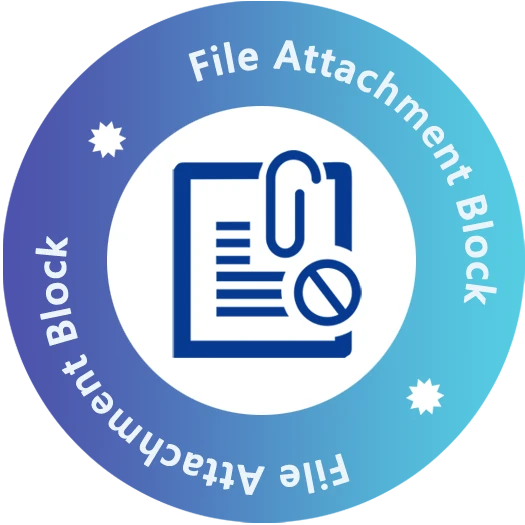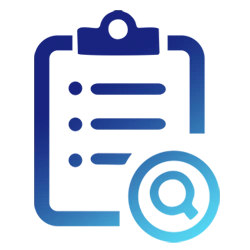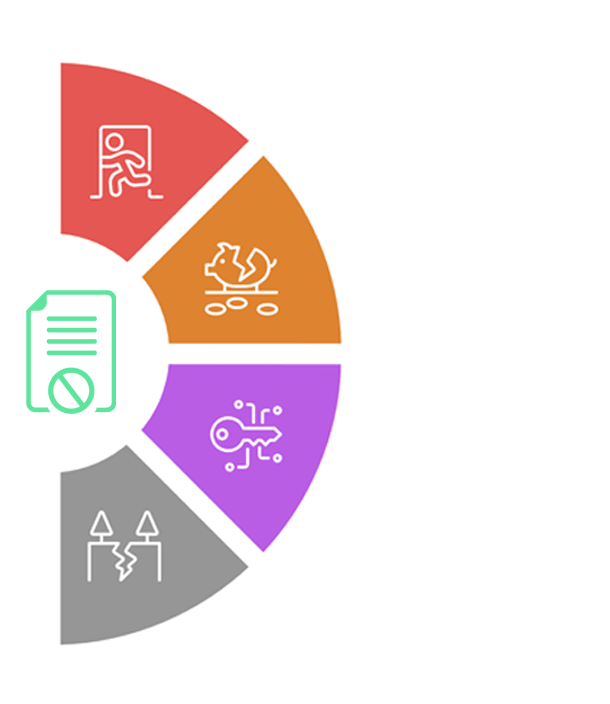


What is File Attachment Block?
eScan's File Attachment Block is an advanced Data Loss Prevention (DLP) capability that lets you selectively control the flow of files from within your organization to external destinations. Unlike all-or-nothing approaches that either block everything or nothing, this feature provides process-specific, content-aware control over what files can be shared, with whom, and through which channels.
The technology works by intercepting file transfers at the application and network levels, evaluating them against your defined policies, and allowing or blocking the transfer based on multiple factors including file type, destination, content sensitivity, and user context. This precision control allows organizations to enforce consistent data handling practices without impeding legitimate business communication.
What truly sets eScan's approach apart is the ability to create exceptions for trusted domains and destinations, ensuring that legitimate business partners and workflows remain unaffected while still protecting against accidental or malicious data exposure.
















